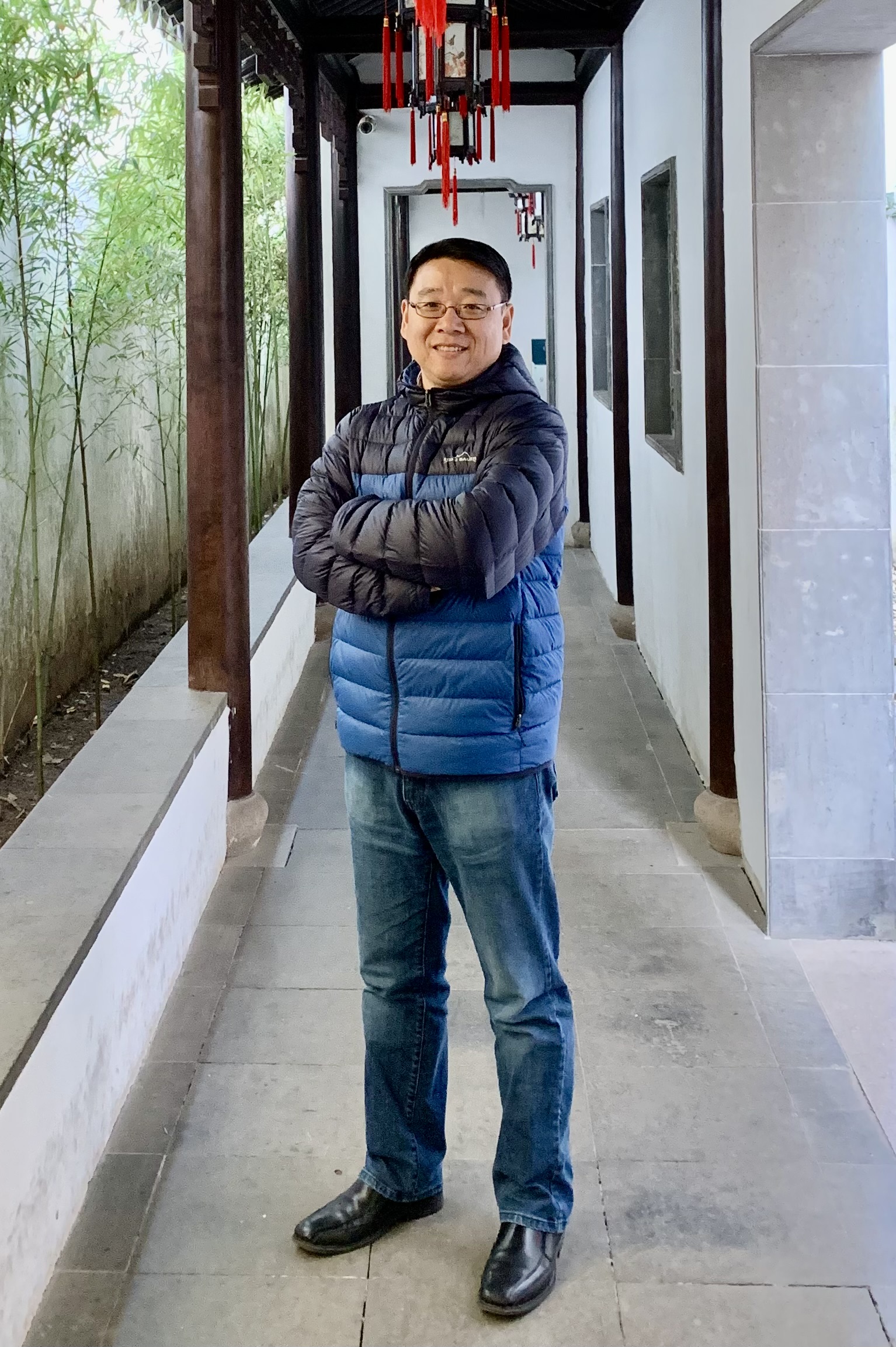my lab website: www.yanglab.com.
The Yang laboratory is highly motivated to develop innovative research tools to solve challenging biological and biomedical problems as we have done in the past and will be doing in the future. Our long-standing research interests include single-molecule biophysics, super-resolution microscopy, molecular transport mechanisms, intracellular and intercellular trafficking. In the past years, we have developed several new imaging techniques, including high-speed super-resolution fluorescence microscopy termed single-point edge-excitation sub-diffraction (SPEED) microscopy, virtual 3D super-resolution imaging algorithms, and single-point fluorescence recovery after photobleaching (sp-FRAP) technique. These new techniques have enabled us to obtain advanced knowledge of nuclear transport mechanisms for mRNAs, virial particles, cytosol, membrane and intrinsically disordered proteins. We will continue to keep a good balance between technical development and biological application, aiming at providing an outstanding interdisciplinary research environment for training young scientists in the Yang lab. Currently, we are further motivated to develop more new microscopy imaging techniques and focus on two major research projects: 1) transport mechanisms for proteins (soluble and membrane), mRNAs, pre-ribosomal subunits, and viral particles through nuclear pore complex; and 2) trafficking mechanism of macromolecules from cytoplasm to primary cilium.

